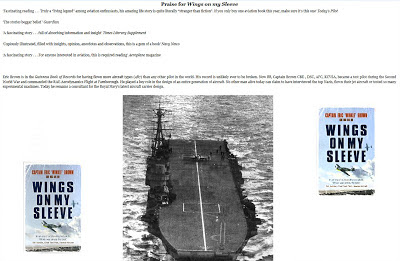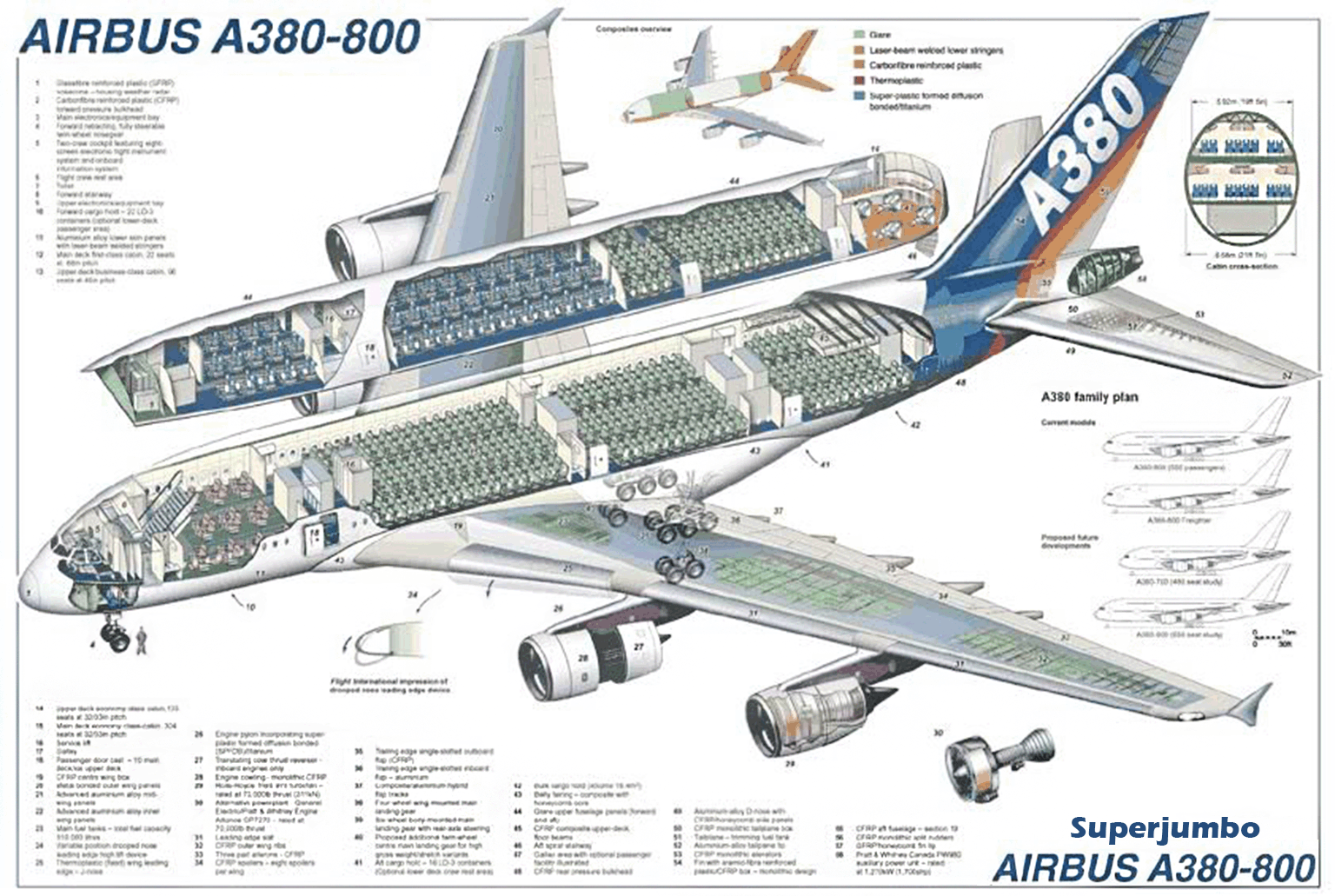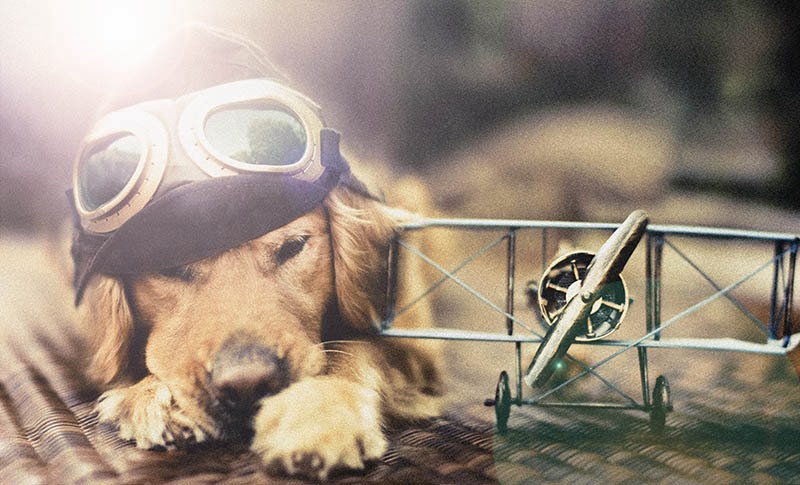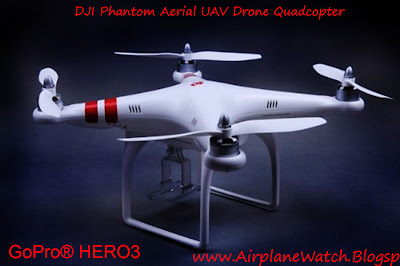No test pilot in history has flown so many types of aircraft as Commander Brown and certainly no other test pilot writes as clearly and interestingly as he does. "Wings on my Sleeve" was first published in 1961 in a much shorter form. In this new edition he answers so many questions that come to mind when reading his other books - notably "Wings of the Navy" and "Wings of the Luftwaffe" - and sets these books into a much wider context of his amazing life.

This is the story of his life from his first flight, with the legendary German WW1 ace and later stunt pilot and finally Director of Air Armaments in Goering's Luftwaffe, Ernst Udet, through his experiences in Nazi Germany and his encounter with the SS when they came to tell him that the two counties were at war and on through a life that included convoy escort duties and hair-raising encounters with FW Kuriers before his outstanding deck landing skills led to his being appointed to RAE Farnborough.
Details - Wings On My Sleeve
- Print Length: 304 pages
- Publisher: Weidenfeld & Nicolson (18 Sep 2008)
- Language: English
- ASIN: B002VCR0OO
He then chronicles the hectic life of a war time test pilot as he flew practically every type of British and US military aircraft and evaluated captured enemy machines to develop combat tactics.
Because of his fluent German, the last days of the war found him despatched to Germany to assemble and test German aircraft. Here he accepted the surrender of a major Luftwaffe base when he landed in the mistaken assumption that it had already been captured by the allies. During this time he met and talked to Goering and Hanna Reitsch as well as every major German aircraft figure of the era.
Post war the pace did not diminish: taking delivery of the first US helicopter to be allocated to the UK, he asked about training to fly it and was handed a thick book with the words, "Here's your instructor!" High speed flights investigating the approach to Mach One were interspersed with development on the Avro Tudor and Bristol Brabazon as well as a huge range of varyingly successful (and otherwise) experimental and new military and civil aircraft.
Commander Brown's close involvement in the development of so many British and US aircraft, allied with his own evaluative and literary skills make this a book to be cherished and re-read time and again: in fact, just like his previous books!
My only complaint is that, like all good things, it leaves one wanting more of the same.
PS: Commander Brown has written far too few books! One I would love for him to write would be "Wings of the Post War Navy".
Brown was born on 21 January 1919, in Leith, near Edinburgh in Scotland. He first flew when he was eight or ten when he was taken up in a Gloster Gauntlet by has father, the younger Brown sitting on his father's knee.
In 1936 Brown's father, an ex-Royal Flying Corps pilot, had taken him to see the 1936 Olympics in Berlin, where, Hermann Göring having recently announced the existence of the Luftwaffe, Brown and his father met and were invited to join social gatherings, by members of the newly-disclosed organisation. It was here that Brown first met Ernst Udet, a former World War I fighter ace. Brown, a fluent German-speaker, soon discovered in himself and Udet a shared love of flying and Udet offered to take Brown up with him. Brown eagerly accepted the German's offer, and after his arrival at the appointed airfield at Halle, he was soon flying in a two-seat Bucker Jungmann which Udet threw around much to Brown's delight. Udet told Brown he "must learn to fly" and that he "had the temperament of a fighter pilot".
In 1937 Brown left The Royal High School and entered Edinburgh University studying Modern Languages, with an emphasis on German. While there he joined the University's Air Unit and received his first formal flying instruction. In February 1938 he returned to Germany, where, having been invited to attend the 1938 Automobile Exhibition by Udet, by then a Luftwaffe Major General, he saw the demonstration of the Focke-Wulf Fw 61 helicopter flown by Hanna Reitsch before a small crowd inside the Deutschlandhalle. During this visit he met and got to know Reitsch. Brown was later to renew his acquaintance with her after the war, in less pleasant circumstances, she having been arrested after the German surrender in 1945.
In the meantime, Brown had been selected to take part as an exchange student at the Salem International College, located on the banks of Lake Constance and it was while there in Germany that Brown was woken up with a loud knocking on his door one morning in September 1939. Upon opening the door he was met by a woman with the announcement that "our countries are at war". Soon after, Brown was arrested by the SS. Fortunately, they merely escorted Brown in his MG Magnette sports car to the Swiss border, saying they were allowing him to keep the car because they 'had no spares for it'.
If you have the slightest interest in aviation since the 1930's this book will leave you open mouthed in awe at the incredible experiences of the author. No-one would have the audacity to write this as fiction for fear of it being branded "too far fetched!".
If being taken for a flight by Ernst Udet before WW2 and watching Hanna Reitsch fly one of the first helicopters inside the Olympic stadium isn't enough, the author goes on to fly every major UK, US, German, Italian, Russian and Japanese aircraft of world war two before being at the very forefront of the jet age and conquering of the "Sound Barrier"....and all whilst being in our Navy! Written from his personal diaries, the style is humble and events put down to good fortune when I am sure they are really due to his skill.
The book can be frustratingly thin on subjects that deserve a book of their own (how many other allied pilots flew a Me163 rocket plane under power I wonder...) and it flits back and forth in time a little confusingly but these are minor quibbles. The book is heavy due to the high quality paper needed to support the small print size to cram it all in and if more detail were given it would extend to several volumes.
Just read it and revel as iconic aircraft and characters of the 40's ad 50's are met and summarized before moving onto the next encounter.
In a time when the term "hero" has become confused with "celebrity", here folks, is the real thing...







